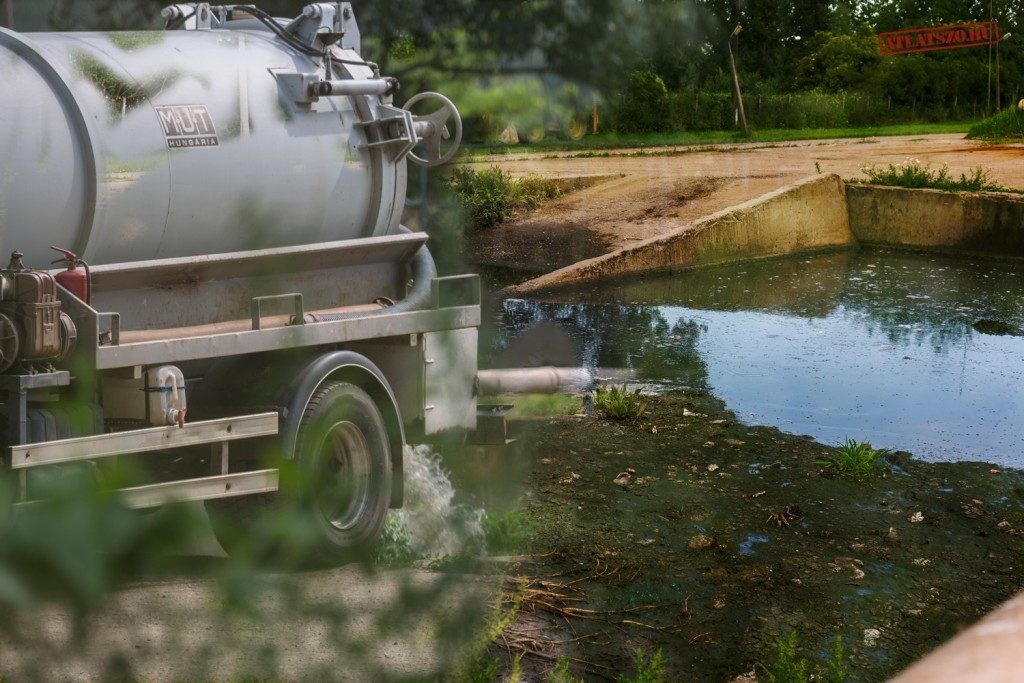The https://english.atlatszo.hu use cookies to track and profile customers such as action tags and pixel tracking on our website to assist our marketing. On our website we use technical, analytical, marketing and preference cookies. These are necessary for our site to work properly and to give us inforamation about how our site is used. See Cookies Policy
Atlatszo.hu exposes negligence contributing to major pollution in river Tisza
Raw sewage is being poured into the river Tisza in northeastern Hungary’s Vasarosnameny, despite the fact that Atlatszo.hu has already brought the matter to public attention. The municipal services company is avoiding responsibility, even though auditors have repeatedly found anomalies at the treatment plant it controls.
Atlatszo.hu recently found that most of the equipment at the sewage treatment facility providing for northeast Hungary’s Vasarosnameny is not functioning. So 2,000-2,500 cubic meters of sewage are treated through outdated pooling technology that is only suited to treat waste up to 600 cubic meters.

TRV Zrt, the regional municipal services firm responded to our coverage, and has essentially corroborated the claims and has also made it clear that the company knew what was happening. Our freedom of information filings revealed that there have been five supervisory audits at the treatment site in the past years, and serious deficiencies were found each time, resulting in penalties being levied. TRV chose to pay the often significant fees, even though the experts we asked say the money could have easily been used to reduce the volumes of harmful waste leaving the plant. Vasarosnameny is not the only problem – facilities on other sites controlled by TRV have also been fined by the regulator.
While TRV rejected the tone of our earlier coverage of the Vasarosnameny site, they could not and did not refute any of the factual claims. They stated that the quality of the water leaving the plant is often more polluted than legally allowed and they also admitted that the available equipment is not up to par.
The quantity of the treated sewage and the generated sludge also don’t add up. As a rule of thumb, a treatment plant where 450-500 cubic meters of sewage arrive on a daily basis generates 1,000-1,200 cubic meters of a sludge annually. The Vasarosnameny site receives four to five times the daily amount, some 900,000 cubic meters, which should result in about 5,000 cubic meters of sludge. In turn, TRV claims that only some 50-60 cubic meters of waste is actually produced.
The solution to where the difference goes is painfully obvious. Atlatszo.hu paid a visit to the site after the first report was published to find trucks dumping waste into the pool that is supposed to hold the treated water which is then reintroduced into nature. Consequently, an immense amounts of completely untreated sewage ends up directly in the nearby river Tisza on a daily basis.

